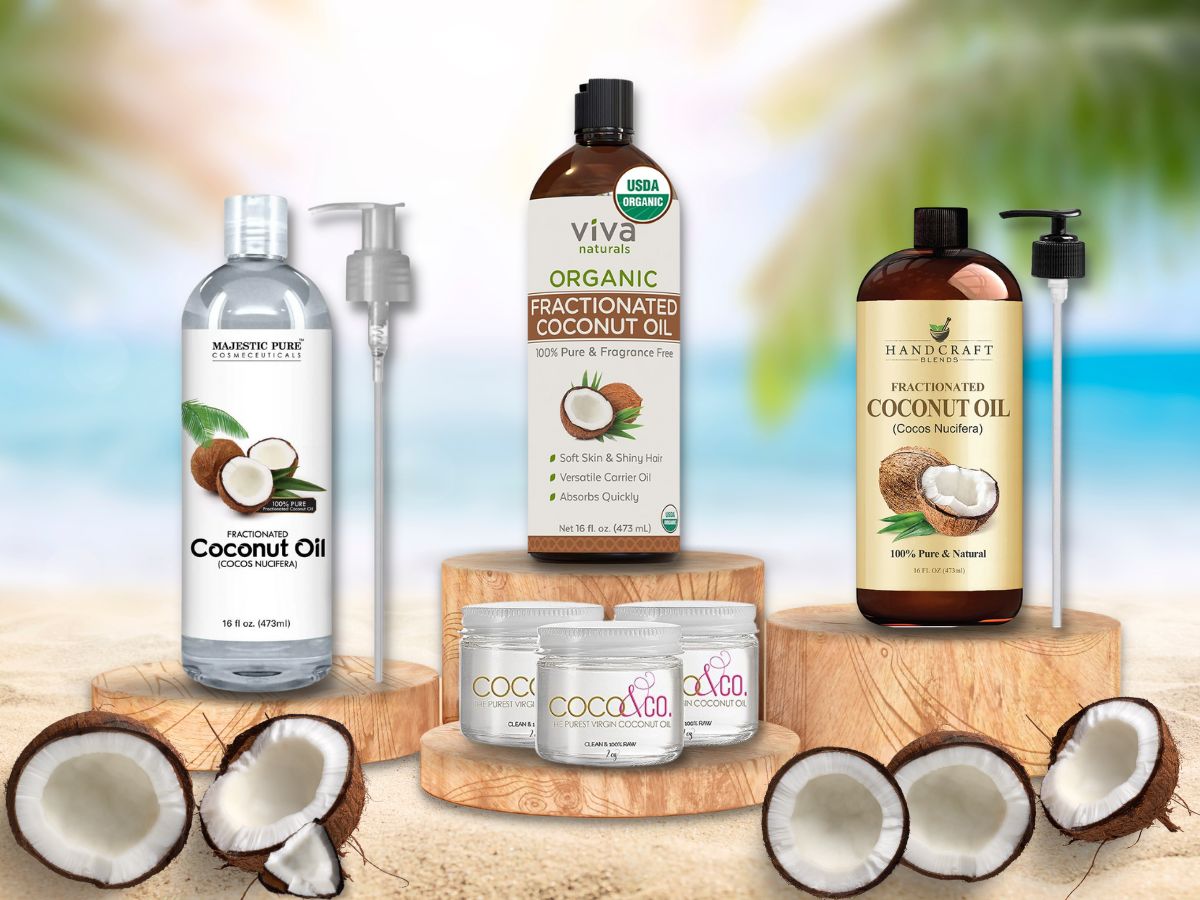I’ve always loved using coconut oil on hair, even before becoming a hairdresser. I was delighted to discover its many proven scientific benefits during beauty school.
Coconut oil has been used in a myriad of beauty and wellness applications for nearly 4,000 years. (source) Thanks to e-commerce, people everywhere can now get their hands on this miracle product.
“Coconut oil can be a very nourishing oil with lots of great fatty acids. However, hair density and texture are an important factor when thinking about using coconut oil on your hair,” says Erin Black, salon owner and hairstylist at Lucky Lu’s in Denver, CO.
“Nature knows best! Oftentimes, natural products and plants can deliver the most powerful nutrients [for your hair],” she adds.
As with any new product, it’s wise to do your research before making a purchase. In my experience, however, everyone can benefit in some way from using coconut oil for hair. That’s why I put together this complete guide for all hair types!
In this article, you’ll learn:
- What coconut oil is. Coconut oil is made by pressing either dried or fresh coconut meat. I’ll teach you the differences and uses for each.
- Why to use coconut oil. Coconut oil has many benefits, like fighting dandruff and preventing hair loss.
- How, when, and where to use coconut oil. Use coconut oil as a pre-shampoo treatment, styling product, hair mask, and more! You’ll find step-by-step instructions for every method.
- Who can use coconut oil. Anybody seeking a natural product can use coconut oil to boost their hair and scalp health.
- Mixing and buying advice for coconut oil. We’ll discuss my favorite mixes for each hair type and key tips to finding high-quality oil.
- Frequently asked questions about coconut oil. From daily usage to detecting expired oil, I’ve got you covered.
What is Coconut Oil?
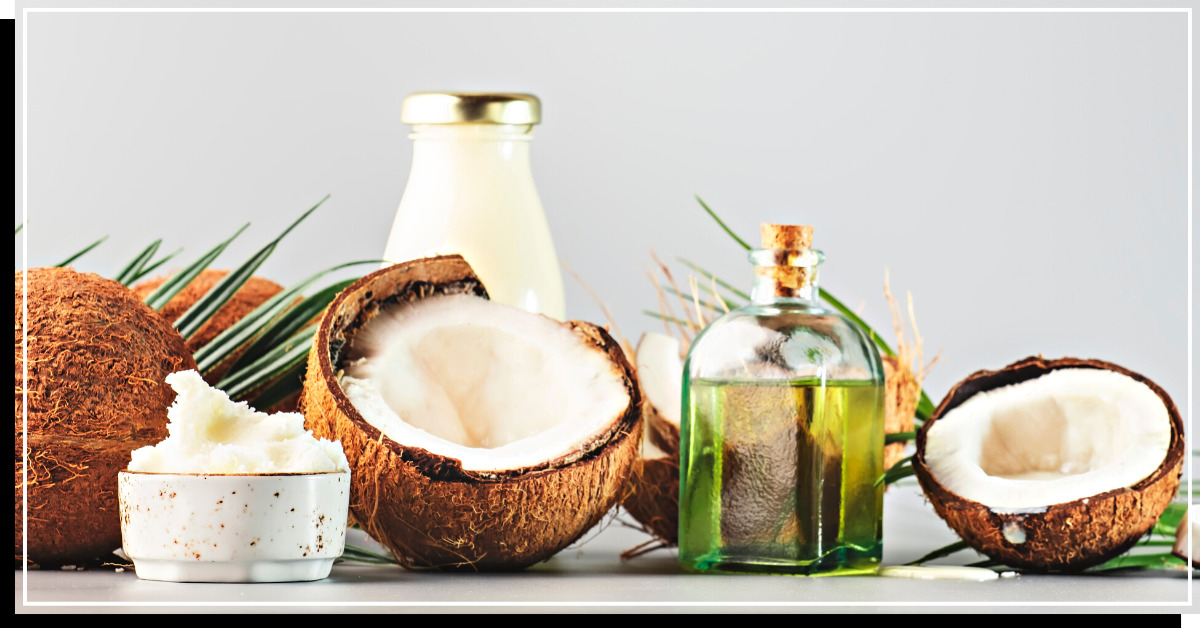
Coconut oil comes from pressing dry or fresh coconut meat. It serves a few different purposes depending on the press method and the type of coconut flesh.
Ayurvedic medicine began touting the benefits of coconut oil over 4,000 years ago; its power was compared to that of mother’s milk. Modern science has found some truth to this claim: both coconut oil and mother’s milk have a very high lipid content and act as a natural antibiotic, and both are rich in vitamin E and essential fatty acids. (source)
It makes sense that coconut oil is used in both cooking and beauty. The major difference between these two uses for coconut oil lies in the extraction process. You’ll see coconut oil for hair labeled in lots of different ways. Here’s the breakdown for each term you’ll encounter:
- Extra Virgin Coconut Oil- Extracted from fresh or dry coconut meat using a cold-press method. Because no heat is used, the oil maintains its beneficial properties. (source)
- Virgin Coconut Oil- Another name for extra virgin coconut oil. There’s no official difference between virgin and extra virgin coconut oil. (source)
- Unrefined Coconut Oil- Another name for virgin, extra virgin, and pure coconut oil.
- Pure Coconut Oil- Another name for virgin, extra virgin, and unrefined coconut oil. The FDA considers these 4 terms to mean the same thing in terms of coconut oil labels. (source)
- Fractionated Coconut Oil- Heated during processing to remove lauric and long-chain fatty acids. Offers fewer benefits for the hair and skin, but also feels less greasy. (source)
Refined Coconut Oil- Undergoes processing to make it better for cooking. Oil is extracted via heat from dry coconut meat, then bleached and deodorized. Far less impactful on hair and skin, but also odorless. Great if you want the benefits without the aroma. (source)
Benefits of Using Pure Coconut Oil for Hair

It is important to note that when I talk about the benefits and uses of coconut oil, I mean pure coconut oil. The less refined your coconut oil is, the more perks you’ll get from it. We will briefly touch on how and why to use other forms once we get to hair type considerations.
Here are the main benefits of using pure coconut oil on hair:
Conditions and moisturizes both inside and out. Coconut oil nourishes the interior and exterior of every hair shaft. (source) Nutrients and moisture soak deep into every layer of your hair. Thanks to coconut oil’s molecular structure, it’s like a wellness retreat for each strand of hair!
Reduces frizz for all hair types. Coconut oil is ideal for taming frizzy hair because it’s rich in necessary fatty acids. It smooths frizz without making hair heavy or greasy. (source) Whether you have coarse frizzy hair or fine frizzy hair, coconut oil just might be your new secret weapon.
Boosts hair growth. To be clear, no study has yet proven that coconut oil makes hair grow faster. But many studies have confirmed regular use can make hair grow longer and thicker. (source) It’s one of the only proven natural ways to positively impact hair growth! (source)
Protects hair from the elements (like smoke, sun, and wind). Many types of weather can negatively impact your hair. (source) UV rays, smoke, and even windy days can cause breakage, split ends, faded color, and frizz. Many studies show the fatty acids in coconut oil create a powerful layer of protection against the elements. (source)
Protects hair from mechanical damage. Daily styling can damage your hair, and I don’t just mean hot tools. Brushing, washing, and braiding all do microscopic damage to your hair. (source) The solution? Add coconut oil before washing or styling. I’ll teach you step-by-step how to use coconut oil to prevent this kind of damage later on.
Reconstructs and repairs damage. If your hair already feels damaged, you’ll still benefit from coconut oil; it soaks deep into your hair shaft and fills the “gaps” in split ends and fly-aways. (source)
Adds major softness and smoothness. When your hair feels rough or straw-like, it usually means your hair needs some TLC. Coconut oil is chock-full of the moisture, protein, and nutrients your hair is thirsty for. Using coconut oil even just once will make a marked difference in softness, smoothness, and shine.
Helps prevent tangles and knots. Your hair tangles because split ends, frizz, and other rough spots bump up against each other. Like Velcro, the little bits get stuck and knotted together. (source) Since coconut oil fills gaps and protects your hair’s outer layer, it causes every strand to be super-smooth. Your hair is far less likely to tangle and knot up!
Prevents and relieves dandruff and eczema. Coconut oil is great for your scalp. Its anti-inflammatory properties and fatty acids are effective in treating dandruff, especially when it’s caused by eczema. (source)
Mixes well with volumizing products. After my 10+ years of running a salon, I’ve observed that most oils in volumizing products counteract the volumizing properties. I always reach for mousses and hairsprays with coconut oil as an ingredient because it’s lightweight and doesn’t hamper down the hair. Volumizing products that contain coconut oil give you the best of both worlds.
Potential Downsides
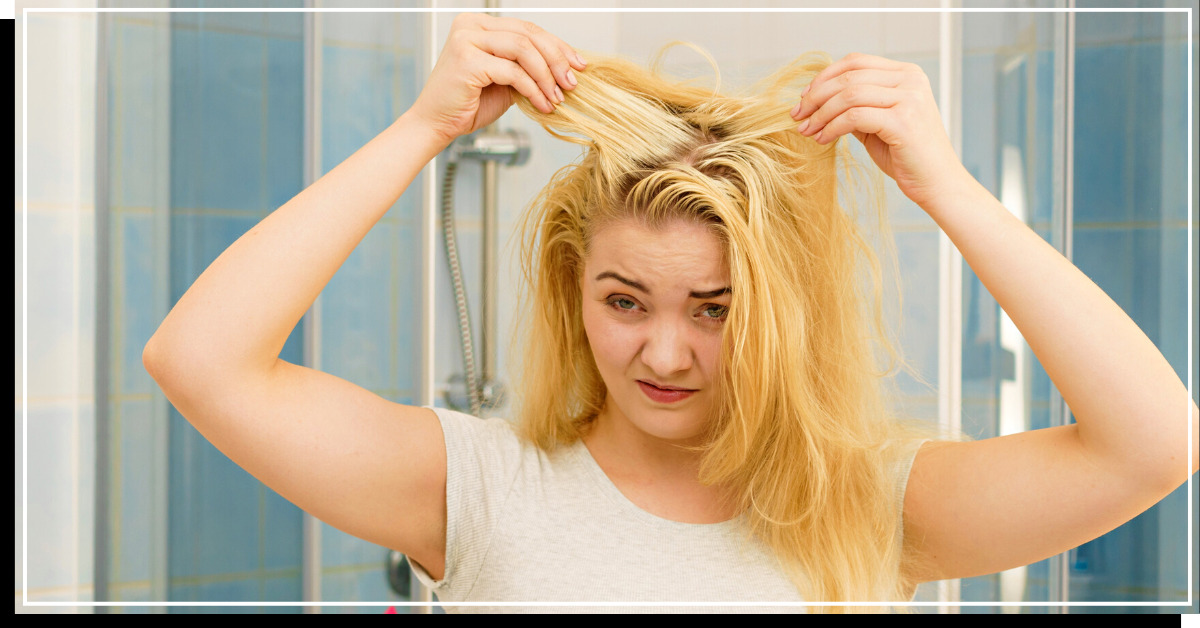
Every person who’s sat in my chair can benefit from using coconut oil for their hair, but not every person can expect the same benefits. Improper use of coconut oil on hair can cause serious frustration.
It’s vital to use the appropriate amount of coconut oil for your hair type and chosen application. “Less is more” should be your guiding principle when using coconut oil.
If you apply too much coconut oil to your scalp, you may experience itchiness or scalp irritation. You also run the risk of bacteria growth. Using too much on your hair can cause a dull, greasy appearance, and an all-around unpleasant feeling.
Start with a small amount and take the time to warm up the oil in your hands so it spreads smoothly and evenly throughout your hair.
You can always add more oil if you find your hair needs it, but it is time-consuming to wash excess oil out of your hair if you accidentally overdo it. Trust me, start by applying small amounts and work your way up to larger amounts, and you’ll save yourself a lot of time and frustration.
How to Use Coconut Oil on Your Hair
Centuries of natural medicine and scientific studies have proven the many benefits of coconut oil, so it’s no surprise you can use it in a variety of ways!
Coconut Oil Hair Mask

When: Twice a month if you have curly, thick, or heavily processed hair. Once a month if you have finer hair.
Where: Your mid-shafts and ends. Include your roots if they’re very damaged (heavily bleached, permed or relaxed) but otherwise avoid the top of your head.
How:
- Start with dry hair. Section your hair in whatever way is convenient for you; I part my hair down the center, splitting it into two sections. I like to do this on my day off or overnight so I can let it sit for hours.
- Warm up the coconut oil. You can warm the oil by rubbing it between your hands, but I prefer a small saucepan on the stove. You’ll need a max of 2 tablespoons for short or fine hair, and a max of 4 for extremely long, thick, or processed hair. The oil shouldn’t be hot! Just warm it up enough to melt it into a liquid.
- Apply the oil. Use whatever technique is convenient for you; I’ve found the easiest way is to get some oil on your hands, rub your hands together, and apply to your hair, starting at the ends. Work your way up to the mid-shafts. Stop here unless you have thick, curly, or heavily processed hair.
- Comb or brush through to ensure even distribution.
- Let the oil sit for 7 to 8 hours. You’ll see even better results if you wrap your hair in a shower cap, towel, or bag.
- Wash your hair thoroughly. You may want to spend longer shampooing or even shampoo a second time. You will immediately notice more softness and shine.
Pre-Shampoo Treatment
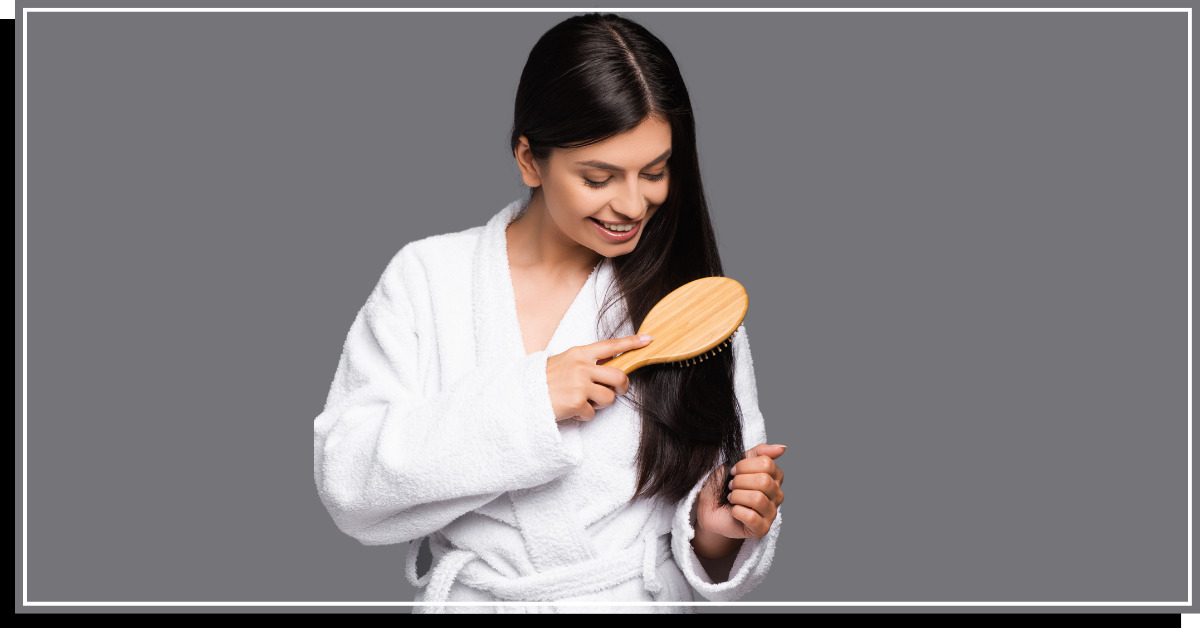
When: Every time you wash your hair.
Where: Focus on your roots and mid-shafts—the area where you lather shampoo the most. This treatment protects your hair from damage while you scrub, so it’s important to cover your roots and mid-shafts.
How:
- Start with dry hair before you shower. Split your hair into sections. I like to separate the nape of my neck from the rest so I have two sections.
- Warm the coconut oil however you like. You can use a warmer made for this purpose, your hands, or even a pot on the stove at low heat. You don’t want it hot! Just warm enough to be liquid. I find 2-3 tablespoons is more than enough.
- Using your fingers, apply the oil to your roots. I find that pretending I’m washing my hair in the shower ensures I cover all the right areas.
- Wash and condition your hair as you normally would. The oil protects your hair from damage caused by scrubbing and hot water!
Conditioner
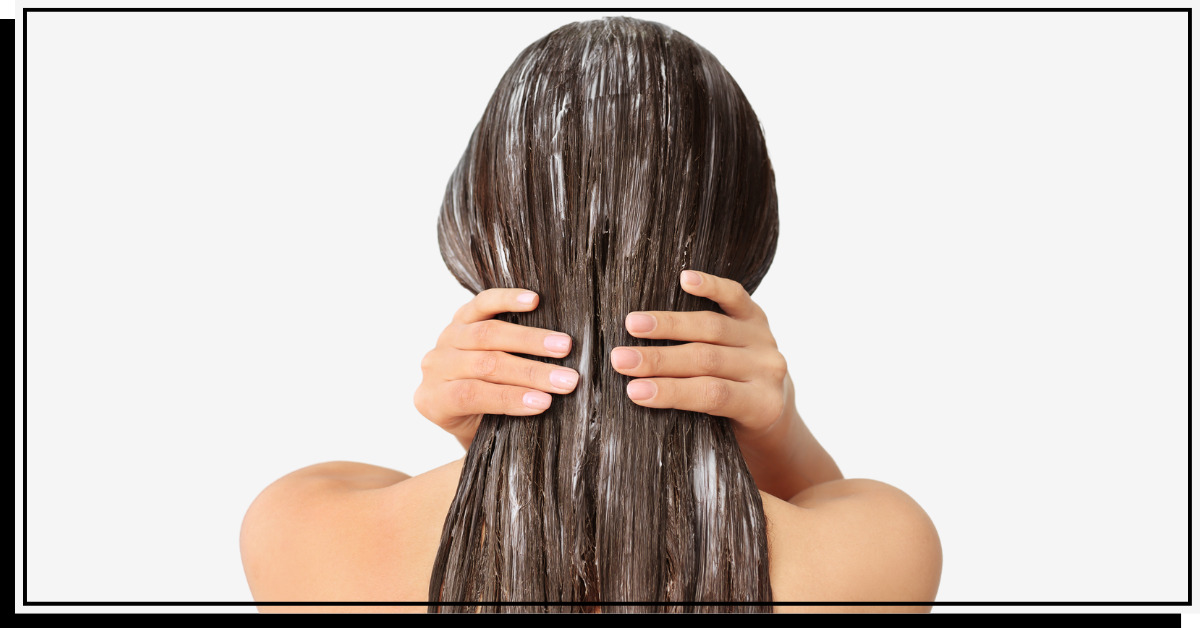
When: Once every 3-4 washes if you have fine hair. Every wash or every other wash for curly, coarse, heavily processed, and color treated hair.
Where: Apply the mixture to your ends and mid-shafts. Conditioner isn’t designed for your roots or scalp, so you don’t need to cover these spots.
How:
- After shampooing your hair, rub a dime-sized amount of coconut oil between your palms. Warm it up until it spreads evenly across your hands.
- Add your usual conditioner to your palms. I suggest using just a smidge less because coconut oil is so powerful.
- Apply like you normally do with conditioner. Allow it to sit for 3-5 minutes.
- Rinse thoroughly. There’s no need to use ice-cold water. You aren’t trying to keep any of the coconut oil in your hair in this application, so there’s no need to mess with the water temperature.
Leave-in Conditioner

When: Anytime your hair still feels a little rough or tangly after you wash and towel-dry.
Where: Focus on your ends first, slowly working your way upwards. Our ends have been around the longest, so they’ve taken the most damage. Your roots and mid-shafts will need very little oil, unless you have coarse, curly, or heavily processed hair.
How:
- Wash and condition your hair as you normally would. Towel dry your hair slightly. You want damp hair, not soaking wet.
- Section your hair however works best for you. I like to part my hair down the center and split it into two sections for this application.
- Warm up the coconut oil however you like. Same as the other applications, you want the oil to liquefy. You don’t need as much for this option—I’d say 1-2 tablespoons at most.
- Apply the oil to your ends if you have fine, medium, or color treated hair. For thicker or heavily processed hair, work up into your mid-shafts as well.
- Use a brush or comb to go over the areas you applied. If you didn’t put any oil on your mid-shafts, no need to brush there. The goal is even distribution.
- Style your hair however you’d like. You should notice a faster dry time, fewer tangles, and shinier locks.
Styling Product
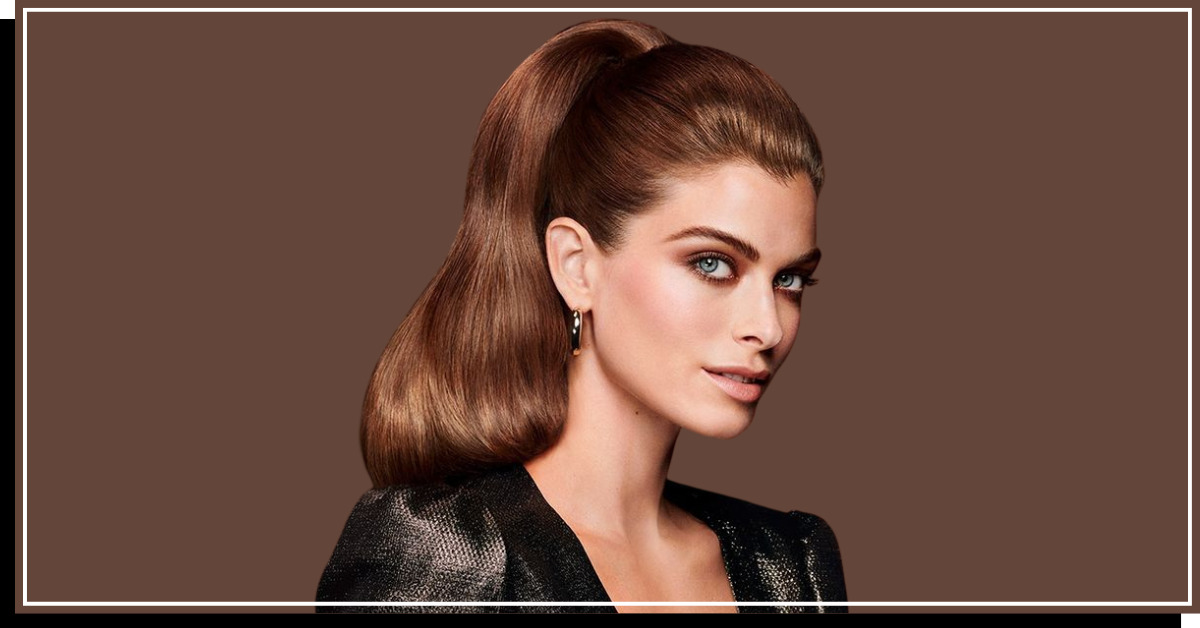
When: Days when you finish styling and still want a little more shine or frizz control.
Where: As a spot treatment once your hair is dry and styled. Your crown, bangs, ends… anywhere works!
How:
- It’s crucial to warm the oil up in your hands for this application. Warming the oil up prevents you from accidentally using too much, which makes your hair look greasy. Thoroughly emulsify a very small amount in your hands. Picture the top of a Q-tip; that’s about how much you should need.
- Using your fingertips or palm, touch only the spots in your hair that need more shine/control.
- Depending on the style, use a brush or comb to smooth the section. Coconut oil is a great natural replacement for certain gels and hairsprays.
- Optional step: Sleep overnight without washing out the coconut oil. This step ensures shine and hold, but can be messy. The oil can smear onto your pillowcases, forcing you to do laundry the next day.
Coconut Oil Scalp Treatment
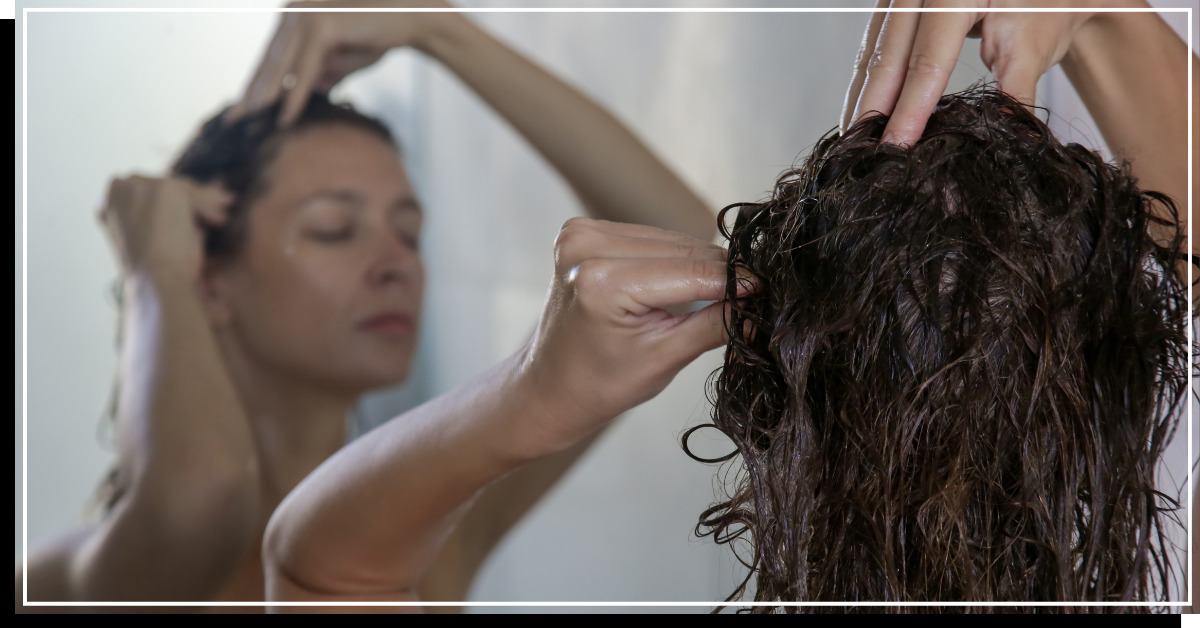
You can apply coconut oil to your scalp, but I highly recommend you follow the protocol of Tabitha Fredrichs, a Certified Trichologist.
First, Fredricks wants you to know that coconut oil is a saturated fat that is non-comedogenic, meaning it is pore-clogging. Clogged hair follicles do often lead to folliculitis (scalp acne). The leftover scalp residue can also attract bacteria causing inflammation.
Follow Fredricks recipe and steps to ensure the proper scalp and hair benefits you want.
What to Use: Use Fractionated coconut oil. It’s made from regular coconut oil, which is more liquid than solid when compared to normal coconut oil. Mix it with a water-soluble oil like jojoba oil. Jojoba oil dissolves sebum & moisturizes the scalp.
Recipe:
- To ensure no toxins will leach into the oil, use a dark glass container.
- Add 4 oz of cold-pressed 100% pure Jojoba oil.
- Add 1 oz of 100% pure fractionated Coconut oil.
When:
- At night before you shampoo
- At least 10 minutes before you shampoo
- Before a workout to keep your scalp warm or prior to a warm bath
How Often:
- If you have scalp symptoms, use 1-2 times per week.
- If using for hair growth, use 2-4 times per month.
Shampoo two times to ensure you are properly removing all the oil.
Watch for signs of oil contamination:
- Black dots (mold)
- Discoloration
- Different texture
- Bad smells
Gunk Remover

When: Anytime you (or your kids!) get gum, craft slime, tree sap, or any other sticky gunk stuck in your hair.
Where: Anywhere the sticky gunk is tangled or touching the hair.
How:
Hair can be dry or wet. If your hair is already dry, don’t worry about wetting it down.
Isolate the gunk as much as you can. Don’t rip any hairs out if they’re stuck. Clip any hair that’s not making contact with the sticky stuff out of the way.
Get some coconut oil on your fingers. You don’t have to warm it up first. Use between a dime and nickel size amount, depending on how much gunk is stuck in the hair.
Apply the oil directly to the gunk and any hair stuck to it. Use your fingers, not a comb or brush, to emulsify the oil around the sticky stuff. Oil breaks down stickiness, so you should be able to easily separate the hair from the gunk.
If it’s still sticky, add a dime-sized amount of coconut oil and work it into the same area you’ve been working on.
Depending on how bad the gunk is stuck, you may be able to start brushing or using a wide-tooth comb to keep separating. Don’t ever force it. The goal is to remove the gunk without ripping or breaking any hair.
This process can take up to 20 minutes depending on the severity, but when the alternative is chopping off a chunk of gunk-y hair, I find this method pays off in spades! You can use this method for absolutely any hair type.
Hair Type Considerations
I love coconut oil for hair, no matter your hair type, but each type does have different needs. You’ll get the most bang for your buck by focusing on applications that benefit your hair type.
Thick, Coarse, Heavily Processed, or Curly Hair
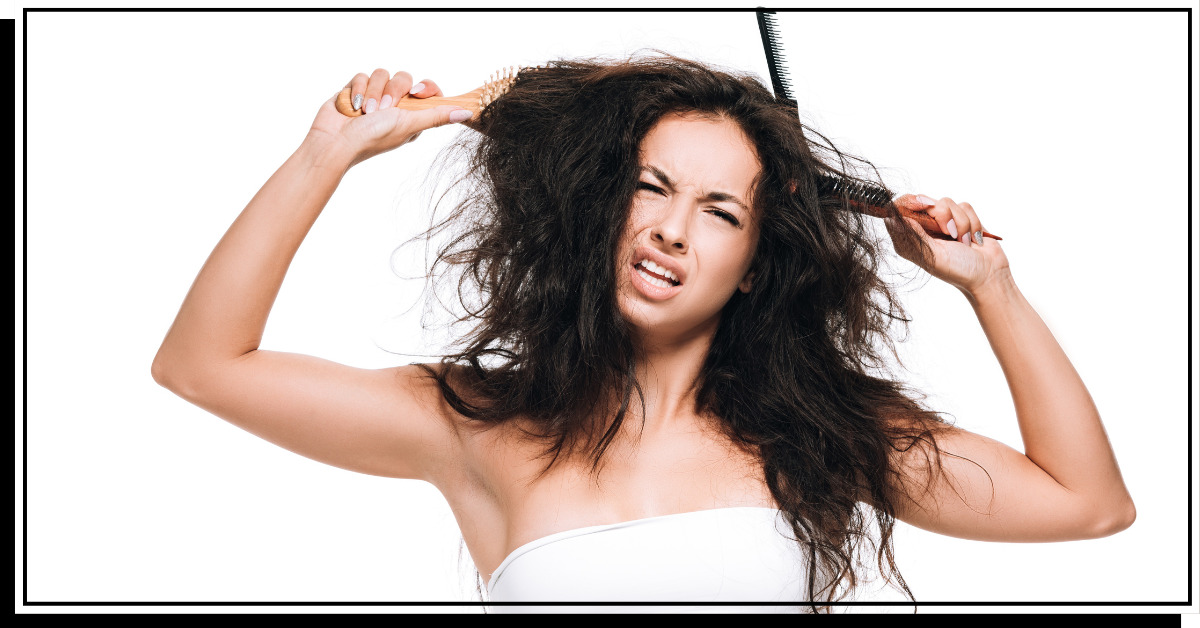
Thick, coarse, heavily processed, and curly covers a diverse range of hair types. The one trait they all share? These hair types naturally lack many nutrients which contribute to softness, shine, and overall health. (source)
These hair types benefit the most from using pure virgin coconut oil. This oil works great for dandruff and dry scalp—which thick, processed, and curly hair types are prone to.
Coconut oil can work wonders for both your hair and scalp. If you don’t notice dandruff or a dry scalp, focus on hair applications.
Fine or Oily Hair
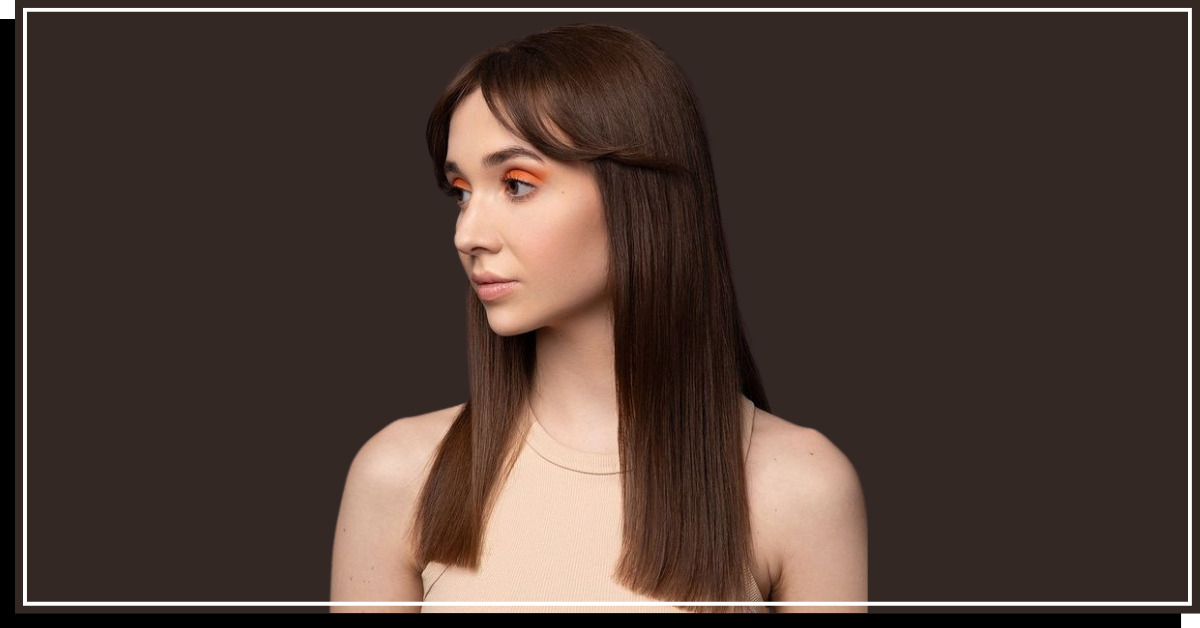
If you have fine or oily hair, a little product goes a long way. You have finer—and therefore fewer— strands of hair than someone with coarse hair, so you need less product.
There is a real possibility that your hair doesn’t need any of the benefits coconut oil provides. Your hair just doesn’t need a huge infusion of moisture. Adding oil to hair that doesn’t need it creates a greasy mess.
Focus on using coconut oil as a pre-wash treatment to prevent damage, a conditioner or leave-in conditioner for shine and softness, or a scalp treatment.
You’re more prone to an oily scalp (and dandruff) with finer hair. If this sounds like you, start with a scalp treatment every 2-3 weeks.
Medium Density or Color Treated Hair
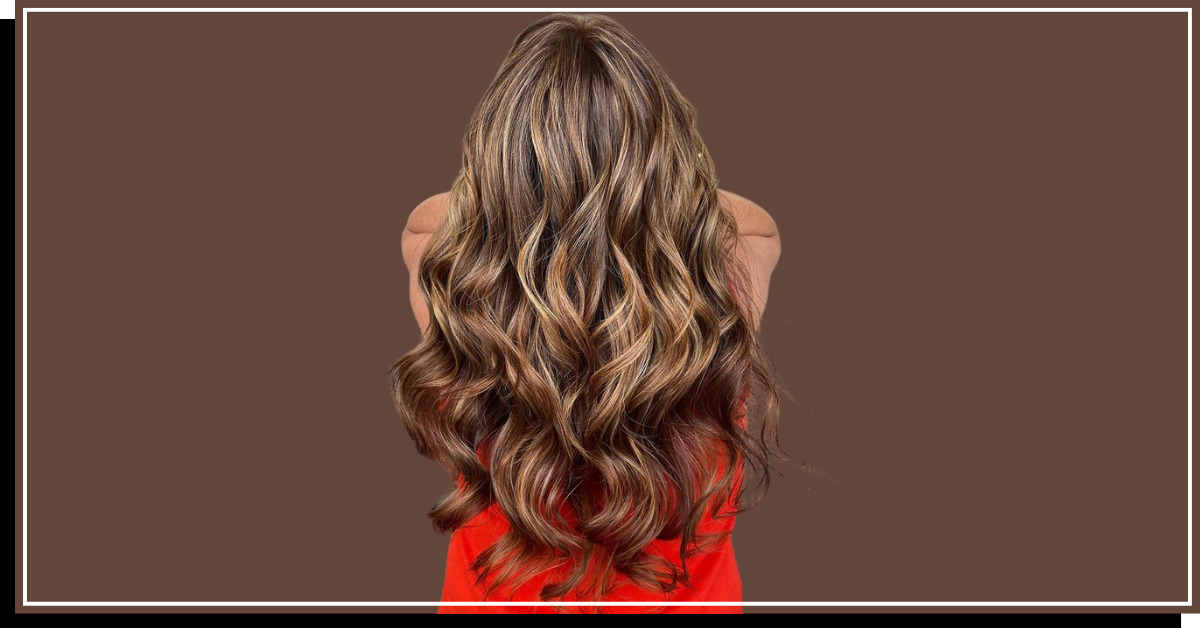
Medium density and color treated hair spans the widest range of hair types. Do you have medium density hair that you leave natural, or get a few highlights now and then? Or maybe fine hair, but you color it every month or so?
Then you’re in this category. You can experiment endlessly with coconut oil. I love doing a coconut oil hair mask every month, a scalp treatment when the season changes, and occasionally mixing a bit into my conditioner.
Feel free to start with this same regimen or create your own. The simplest way to find your perfect balance is to start small and work your way up. Not seeing results from using coconut oil as a leave-in conditioner? Try doing a hair mask once a month or mixing it into your regular conditioner, whichever suits your routine better.
Don’t stress about changing your regimen. Our bodies change with every passing season; your hair care routine might need to change sometimes, too.
Best Oils to Mix with Coconut Oil
Using coconut oil for hair will benefit you, no matter your hair type, but it has another superpower: coconut oil makes a great carrier oil.
Most essential oils are too potent for direct hair/skin application. You have to dilute them with a carrier oil, which is a lightly scented oil that doesn’t interfere with essential oil.
Coconut oil makes a fantastic carrier oil because it’s so good for your hair and skin. It mixes perfectly with essential oils you couldn’t otherwise apply directly. Here are my favorite custom blends:
Argan Oil: Combine even parts of argan and pure coconut oil for maximum shine and smoothness. Argan oil penetrates your hair just a bit deeper than coconut oil, but coconut oil has more fatty acids.
Get the best of both worlds with a 50/50 mix applied as a mask or leave-in conditioner.
Rosemary Oil: New research suggests certain types of aromatherapy can treat alopecia areata. (source) Rosemary oil has been found to be particularly effective.
Add 8-10 drops of rosemary oil to 1-2 tablespoons of coconut oil, mix well, and apply as a scalp treatment. This treatment can also soothe an itchy scalp and stimulate your hair follicles, helping your hair grow thicker and longer. (source)
Tea Tree Oil: Tea tree oil is well-known for its anti-fungal and pH balancing properties. (source) It can irritate your skin unless you dilute it, so coconut oil is the perfect solution.
Combine 1-2 tablespoons of coconut oil with 8-10 drops of tea tree oil. Mix well and use as a scalp treatment if you have dandruff or an oily scalp. Follow the same timing and rinsing guidelines as you would with a 100% coconut oil scalp treatment.
Advice on Buying Coconut Oil for Hair

You can buy pure coconut oil from a wide range of retailers, but you shouldn’t just click “Add to Cart” on the first oil you find. Like any popular product, there are expired, diluted, and fake versions you need to avoid. Here are the 6 most important factors when buying coconut oil for hair:
Color: Pure virgin coconut oil is usually creamy white to light yellow in appearance. The final color depends on the color of the coconuts used. If yours is bright white or even clear, it’s probably refined or bleached.
Scent: Pure coconut oil is going to smell tropical, like coconuts, but shouldn’t be overwhelmingly strong. If you’re hit with a strong scent of sunscreen or a nutty aroma when you open the container, it’s been processed in some way.
Purpose/Extraction Method: You’ll most likely want cold-pressed unrefined coconut oil. This form retains the most fatty acids and nutrients, which are great for your hair and scalp. Heat-pressed coconut oil and refined coconut oil don’t have as much oomph. If you have finer hair or don’t like the aroma of unrefined coconut oil, you’ll still see a few benefits from refined (or “cooking”) coconut oil.
Texture: Cold-pressed unrefined coconut oil will stay solid at room temperature. That’s why you have to warm it up in your hands a bit before using. If you see coconut oil that’s liquid at room temp, it’s highly refined (and most of the nutrients have been removed).
Price: One thing I love about this natural product is that it is so affordable. Virgin organic unrefined coconut oil should only cost you $.50 to $.75 per ounce. If you see more expensive products, they’ve likely been refined. You can use refined or fractionated coconut oil if you prefer no aroma, just know it’ll cost more.
Sourcing: Sustainability is more important now than ever. In my experience, any brand who doesn’t focus on sustainability is likely offering a sub-par product. Look for organic and cruelty-free certifications on the label. I find brands that are committed to these values tend to have the highest quality products.
Frequently Asked Questions
Does coconut oil make your hair grow?
Right now, no study has proven that coconut oil makes your hair grow. (source)
But thanks to the many proven benefits of using coconut oil for hair, you still might notice a change. This oil is incredible for improving scalp health, nourishing your hair from the inside out, and protecting every strand.
Using coconut oil can make it seem like your hair is growing faster, since you’ll enjoy less breakage and fewer split ends.
Can I apply coconut oil to my hair every day?
Yes, you can apply coconut oil on hair every day. Just be sure to consider your hair type. If you have fine hair, don’t apply the oil to your scalp daily. Focus on your ends, and always start with a very small amount.
Using too much oil when you have fine hair can lead to a greasy scalp, which inhibits hair growth and causes dull-looking hair. (source) You can try using it daily, just start small.
If your hair is medium to thick and/or color treated, you can be a bit more generous with your application. I still recommend starting with a small amount, but feel free to include your roots and mid-shafts if they’re looking dry.
You might need to spend a few weeks discovering the right amount for your hair, but you absolutely can use coconut oil daily.
Do you put coconut oil on wet or dry hair?
You can put coconut oil on wet hair as a conditioning treatment, or on dry hair to fight frizz.
Remember that you’ll need far less for dry applications. When you apply coconut oil to dry hair, it won’t absorb very deeply. This is because the hair’s protective outer layer, the cuticle, lays flat while your hair is dry. (source)
Once your hair is damp, the cuticle layer opens slightly. This allows the coconut oil to soak deeper into your hair and condition from the inside out. (source)
In short, whether to put coconut oil on wet or dry hair comes down to the benefits you’re after.
Does coconut oil for hair expire?
Yes, coconut oil for hair expires. If you have virgin or extra virgin coconut oil, you’re looking at a shelf life of up to 5 years. Fractionated coconut oil, also known as refined coconut oil, will keep for closer to 18 months. (source)
You’ll notice these timelines are much longer than most “Best By” labels on coconut oil products. These labels tend to err on the side of caution, which reduces chances of the oil expiring prior to its printed date.
If your coconut oil has a strong bitter/sour scent or small dark blotches, it’s gone bad.
Is it OK to use expired coconut oil on your hair?
Sometimes it’s okay to use expired coconut oil on your hair. Let’s say your oil is past the printed “Best By” date, but when you look at it, it looks and smells totally normal.
In this scenario, you should be safe to use the product on your hair. The FDA requires that cosmetic brands make sure their products are safe, but there aren’t any laws about shelf life of things like coconut oil. (source)
Use your best judgment. If you don’t see any indicators of expiration, you should be fine. If something seems off, better safe than sorry.
How do you wash your hair after using coconut oil?
After using coconut oil, you’ll need to wash thoroughly. As you learned earlier, too much oil can make hair look dull and lifeless.
The key is not being rough while you wash. Use warm water, take your time, and avoid aggressive scrubbing. Make sure to lather the shampoo in your hands first to speed up the process.
Whether to use conditioner next depends on your hair type. If you have curly, thick, or color-treated hair, conditioner will help lock in the coconut oil’s benefits. If your hair is fine or thin, using conditioner too might be overkill.
Can I leave coconut oil in my hair without washing it out?
Certain methods allow you to leave coconut oil in your hair without washing it out. If you notice a lot of dryness in your hair, use the oil as a styling product or leave-in conditioner. Your hair will soak up moisture and nutrients all day long.
Using coconut oil as a pre-shampoo treatment, conditioner, or scalp treatment?
You’ll need to wash out the coconut oil due to how much oil you need to use for these applications. Leaving a large amount of coconut oil in your hair all day can cause itchiness and discomfort. It keeps your skin from breathing quite as well. (source)
